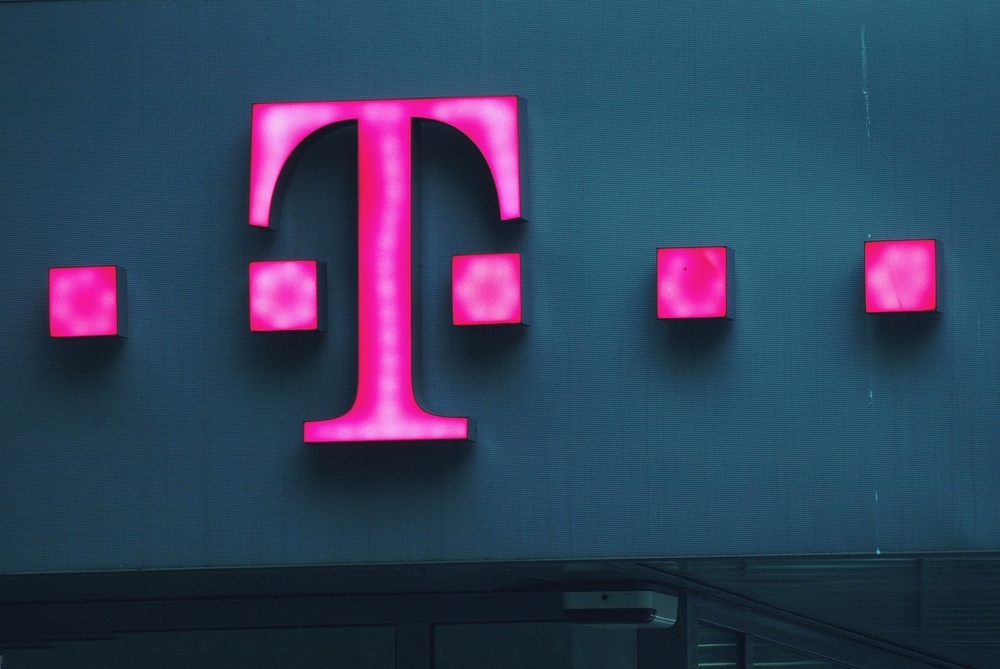Key Takeaways
• T-Mobile T-Satellite partners with Starlink for better off-grid coverage
• Users can run popular apps like WhatsApp, X, and AllTrails without cell towers
• Standard smartphones connect directly via satellite, no extra gadgets needed
• Hikers, adventurers, and emergency teams gain critical communication tools
• This move puts T-Mobile T-Satellite ahead of competitors in remote connectivity
T-Mobile T-Satellite just got a major upgrade. Now it taps SpaceX’s Starlink satellites to deliver app support in places with no cell towers. As a result, people can send messages, check trails, and share updates from deep forests, deserts, or mountain peaks. Best of all, it works on regular smartphones. You don’t need bulky satellite phones or extra gear.
T-Mobile T-Satellite Powers Remote Connectivity
T-Mobile T-Satellite uses direct-to-cell technology to link your phone straight to a satellite network. In the past, people needed special devices to talk through satellites. However, this new setup moves voice and data over space. Therefore, you keep using your favorite apps even when you’re miles away from any tower.
Because of this, hikers can track their route on AllTrails charts. Campers can text family on WhatsApp. And explorers can post photos on X. All of these actions happen without cell service. Moreover, emergency responders can coordinate faster in remote areas.
How the Technology Works
Direct-to-cell uses low-Earth-orbit satellites to beam signals down to phones. T-Mobile equips its system to work with Starlink’s network. When your phone can’t find a tower, it searches for a satellite instead. Then, through software updates, it routes calls and data seamlessly.
This method avoids bulky satellite handsets. Also, it taps a network already proven for fast speeds. As a result, latency stays low enough for text chats and map loading. Even voice calls remain clear.
Apps You Can Use Off-Grid
With this upgrade, T-Mobile T-Satellite supports a set of essential apps:
• WhatsApp for chatting and group calls
• X for quick social updates
• AllTrails for detailed route maps and trail info
• Emergency alerts to reach first-response teams
• Weather apps for forecasts in the backcountry
Beyond that, more apps may join soon. T-Mobile plans to expand the catalog. This way, users gain tools for safety, navigation, and social sharing.
Plans for the Future
T-Mobile aims to broaden T-Satellite coverage over the next year. First, it will add more Starlink beams in key regions. Then, it will test support for video calls on satellite links. Finally, it hopes to open the network to third-party developers.
In addition, T-Mobile plans to lower the cost of satellite data. Early adopters may pay extra fees now. However, volume discounts could make it affordable for regular subscribers.
Why This Upgrade Matters
Consumers and businesses both gain from this leap. Hikers won’t worry about losing contact in remote parks. Off-road drivers can call for help if they break down. Aid groups can set up coordination hubs in disaster zones.
Most importantly, T-Mobile T-Satellite shows how carriers compete. By using Starlink gear, T-Mobile stakes a claim in the race for true global coverage. Other carriers rely on traditional ground towers for most connections. Now T-Mobile offers a safety net when those towers fail or vanish.
Real-World Scenarios
Imagine you hike a rugged mountain trail at dawn. Suddenly, you slip and twist your ankle. No cell towers exist nearby. Thanks to T-Mobile T-Satellite, you open WhatsApp and message a friend. Minutes later, a park ranger responds.
Or picture a snowmobiler in a remote Arctic zone. A storm rolls in, and visibility drops. With T-Mobile’s direct-to-cell satellite link, you access weather updates right on your phone. You choose safer routes and avoid danger.
Competitive Edge
By pairing T-Mobile T-Satellite with Starlink, T-Mobile pushes past rival networks. Other carriers plan satellite services too, but most require extra hardware. T-Mobile’s approach keeps things simple. It also taps Starlink’s growing constellation. As more satellites launch, coverage and reliability improve.
Community Impact
Outdoor clubs and rescue teams praise the upgrade. They see it as a tool that could save lives. Also, local businesses in rural areas hope to tap satellite texting features. Tour guides, event planners, and remote lodges expect smoother communication with guests.
Potential Challenges
No system is flawless. Satellite links can struggle in heavy foliage or deep canyons. Weather can affect signal strength too. For now, T-Mobile caps data speeds on satellite links to prioritize texts. Still, for urgent use, it works well.
Moreover, some users worry about battery drain. Keeping a satellite radio active uses more power. Thus, T-Mobile advises carrying a backup battery on long trips.
Transition to Mass Adoption
As T-Mobile rolls out these upgrades, more users will test the service. Feedback will refine the app-list and performance. Over time, direct-to-cell could become standard on all networks. If that happens, losing service might become a rare event rather than the norm.
Final Thoughts
T-Mobile T-Satellite’s new partnership with Starlink marks a step forward. It brings essential apps to places without cell towers. It works on your everyday phone. And it promises more features soon. For hikers, adventurers, and emergency teams, this upgrade feels like a lifeline.
Frequently Asked Questions
What phones work with the upgraded T-Satellite service?
Most recent T-Mobile models support direct-to-cell satellite links. Check the carrier’s site for your device list.
Will satellite data cost extra each month?
Currently, T-Mobile may charge a small add-on fee. Plans call for price cuts as more customers join.
Can I make voice calls via satellite?
Yes. Voice calls use the same direct-to-cell network. Quality matches standard calls in most conditions.
How reliable is T-Mobile’s satellite coverage?
Coverage depends on clear skies and an open view of the horizon. Heavy forests or steep canyons may reduce signal strength.

